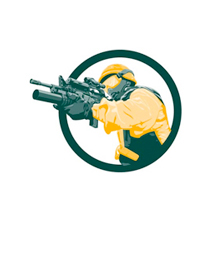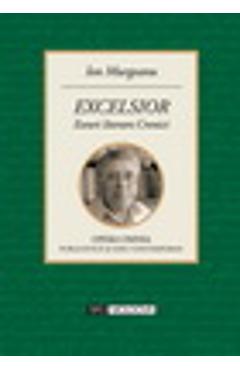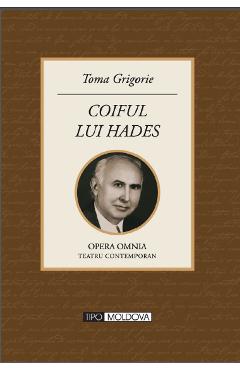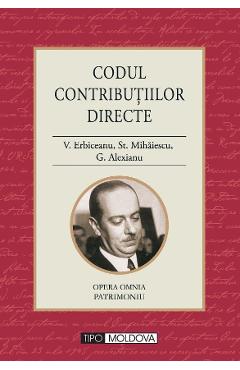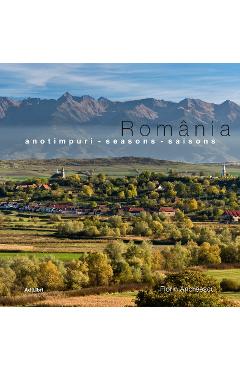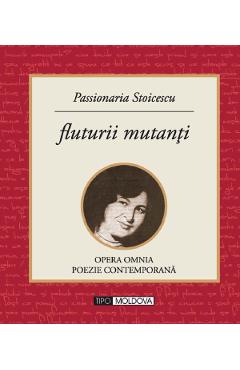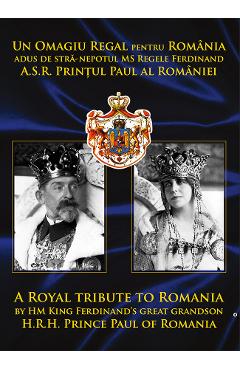Knights Templars (eBook)
ebooks
Hugh de Payens returns to Palestine—His death—Robert de Craon made Master—The second Crusade—The Templars assume the Red Cross—Lands, manors, and churches granted them in England—Bernard de Tremelay made Master—He is slain by the Infide...
Cod: 3697948d-c172-4499-a1f1-9a5b28cd0c50 / 139261
Disponibilitate: In stoc
Producator: eKitap Projesi
Expediere prin: Colete.ro
18.91 RON
Hugh de Payens returns to Palestine—His death—Robert de Craon made Master—The second Crusade—The Templars assume the Red Cross—Lands, manors, and churches granted them in England—Bernard de Tremelay made Master—He is slain by the Infidels—Bertrand de Blanquefort made Master—He is taken prisoner, and sent in chains to Aleppo—the Pope confers vast privileges upon the Templars—The knights, priests, and serving brethren of the order—Their religious and military enthusiasm—Their war banner called Beauseant—Rise of the rival religio-military order of the Hospital of St. John—Contests between Saladin and the Templars—Imprisonment and death of the Grand Master—The new Master and the Patriarch go to England for succour—Consecration of the Temple church at London.“We heard the tecbir, so the Arabs call Their shout of onset, when with loud appeal They challenge heaven, as if commanding conquest.” Hugh de Payens, having now laid in Europe the foundations of the great monastic and military institution of the Temple, which was destined shortly to spread its ramifications to the remotest quarters of Christendom, returned to Palestine at the head of a valiant band of newly-elected Templars, drawn principally from England and France. On their arrival at Jerusalem they were received with great distinction by the king, the clergy, and the barons of the Latin kingdom. Hugh de Payens died, however, shortly after his return, and was succeeded (A. D. 1136) by the Lord Robert, surnamed the Burgundian, (son-in-law of Anselm, Archbishop of Canterbury,) who, after the death of his wife, had taken the vows and the habit of the Templars.[6] At this period the fierce religious and military enthusiasm of the Mussulmen had been again aroused by the warlike Zinghis, and his son Noureddin, two of the most famous chieftains of the age. The one was named Emod-ed-deen, “Pillar of religion;” and the other Nour-ed-deen, “Light of Religion,” vulgarly, Noureddin. The Templars were worsted by overpowering n
Produse din Categorie
Recomandari



















